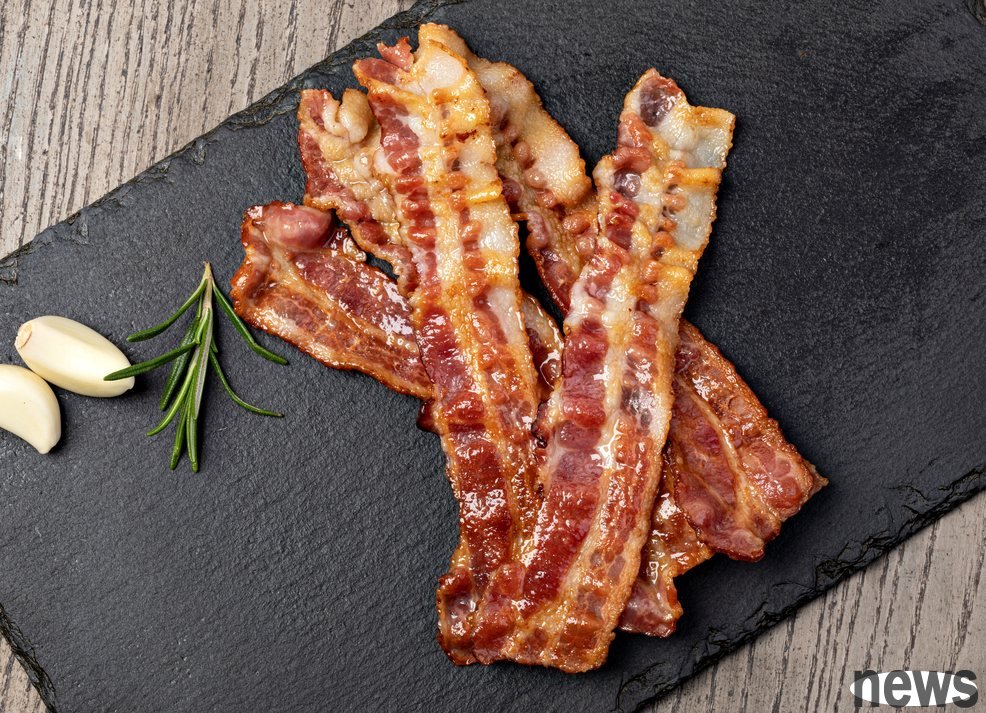
Crispy, delicious, irresistibly delicious, and rich in glutamate, bacon is called the "ultimate snack" and "sin food." Whether it's sprinkled on a salad or served on waffles drizzled with maple syrup, bacon always adds flavor to a meal; but no matter how hard you prepare it at home, it always tastes better when you dine out.
Food website Chowhound interviewed Robert Cornett, executive chef of the restaurant at Rancho de los Caballeros, an Arizona resort, and he revealed a reason that is the key to more delicious bacon in the restaurant.
{99 9}Cornette pointed out that the flavor of most foods is indeed better when tasted in a restaurant. This is because practice makes perfect; chefs know the characteristics of ingredients, personal preferences, and more importantly, understand the expectations of customers.
He said that in addition to using top-quality ingredients, combining creativity and exquisite cooking skills, most restaurants rely on professional equipment, and mass production is more stable than home kitchens. In addition, chefs also accurately control the time, including cooking, resting, and when to serve.
Thickness determines the flavor of baconWhen talking about the differences between thin-cut, thick-cut and lean-cut bacon, Cornette said that the secret to delicious bacon is to use thick-cut, applewood-smoked bacon and always purchase it from the same trustworthy ranch; this ensures stable quality, simplifies the operation process, and obtains more favorable prices and services.
Cornett said that the bacon supplied by the ranch is completely different from what is available on the market. They use 10 to 14 slices of applewood smoked bacon per pound. This thickness is the standard specification for the restaurant industry and is significantly thicker than the thin-cut bacon commonly seen in supermarkets.
The best and easiest way to cook bacon: just bake it in the oven. But when asked how restaurants can deliver their signature smoky flavor through specific cooking methods or equipment, whether oven roasting, searing, pressing or using a griddle, Cornette said the method depends on the purpose of the bacon. He said that breakfast bacon is mostly baked in the oven and then left to rest for a while before being served directly to the buffet. As for the bacon used in lunch sandwiches and burgers, they will first bake it until medium rare, and then complete the final process on a griddle or grill according to ordering requirements.
